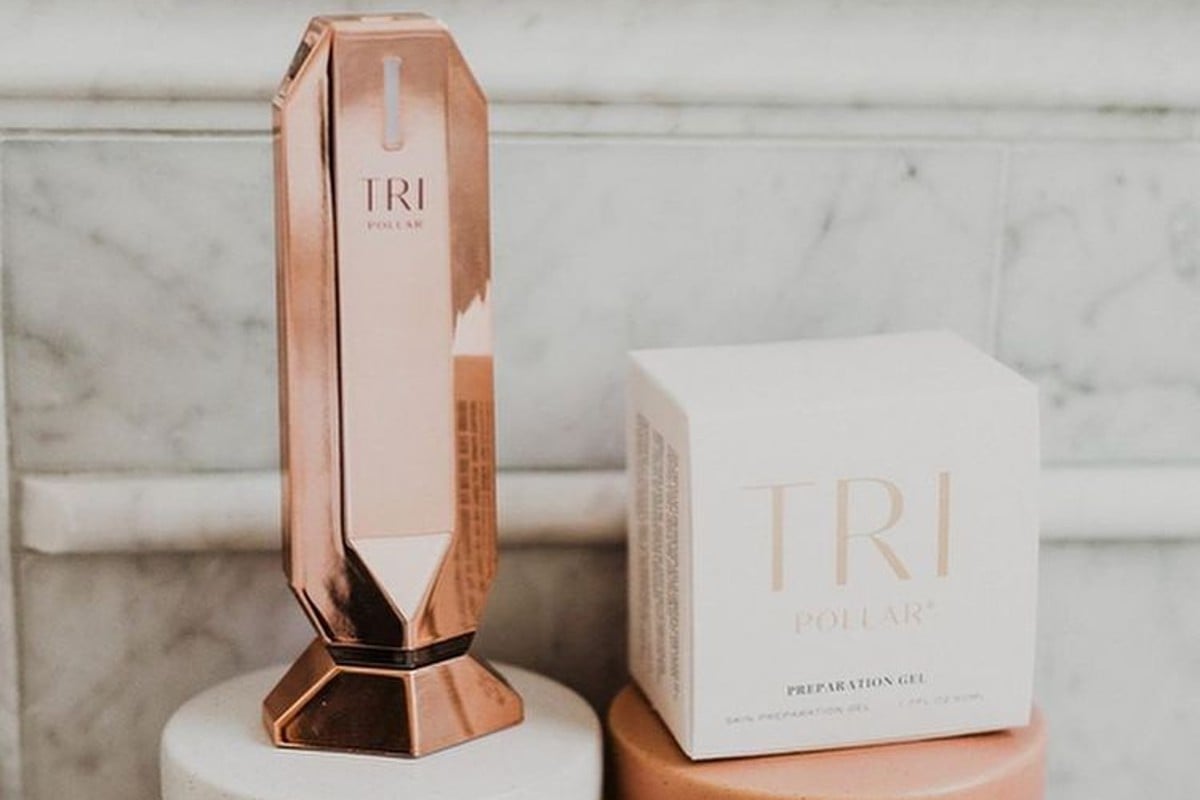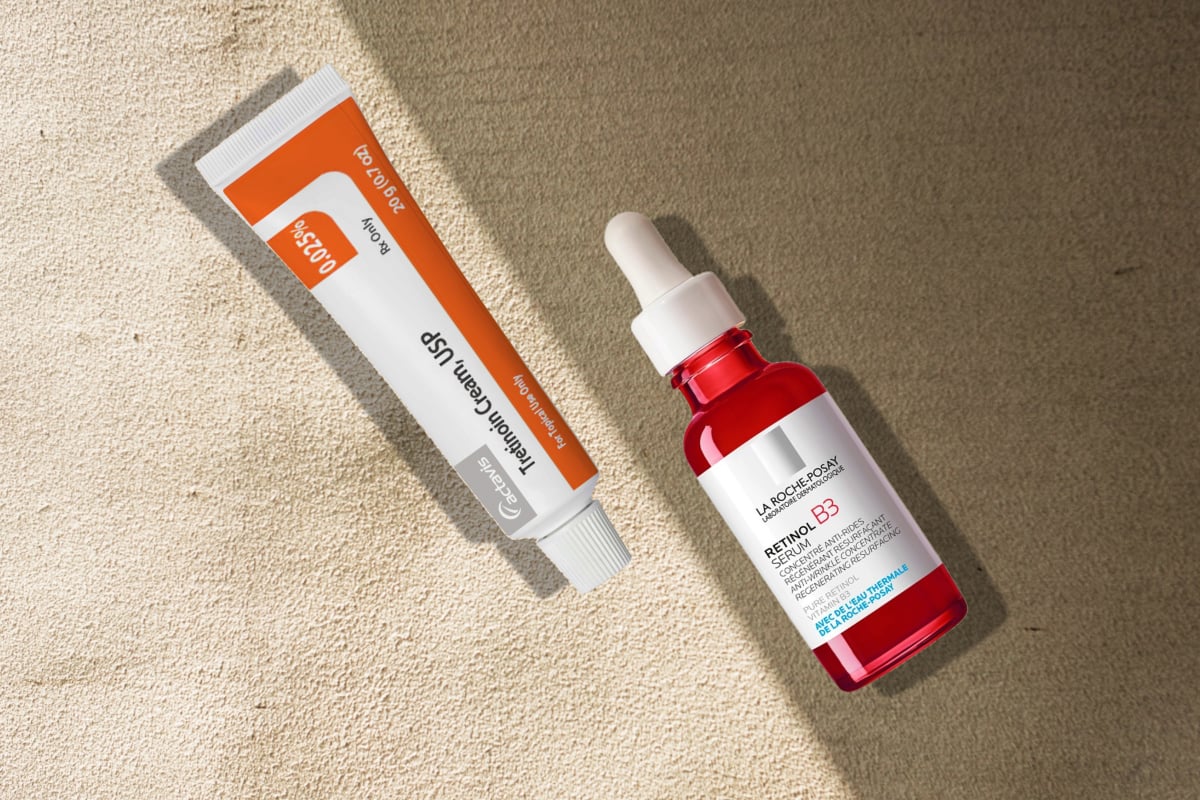What we have found
Ingredient studied: Hesperidin
Type of ingredient: Flavonoid antioxidant
Main benefits: Increases antioxidant protection and brightens the skin
What else it does: Soothes inflammation and redness, fortifies the skin barrier, minimizes fine lines and wrinkles, reduces moisture loss
How to use it: You can use it topically and orally
How often can you use it: It can be used daily unless it causes irritation
What is hesperidin?
Hesperidin is a bioflavonoid that you can find in citrus peels, like lemons, oranges, and grapefruits. What makes it a cool skincare ingredient is its antioxidant and anti-inflammatory abilities.[1]
But here’s the catch: Hesperidin doesn’t dissolve well in water, so it has a hard time sinking into the skin. That’s why skincare experts got clever and made variations of it, like glucosyl hesperidin (GH) and hesperidin methyl chalcone (HMC), which are 10,000 times more water-soluble.[2][3]
Skincare benefits
Antioxidant
Flavonoids are nature’s most powerful antioxidants, and hesperidin is no exception. That being said, the ingredient is really good at protecting your skin from free radicals.[4] What are those? Well, they’re unstable molecules that can mess with your skin cells, leading to things like aging, breakouts, and dullness. Moreover, hesperidin can lessen sun damage. In one study, it helped over 76% of cells survive UVB exposure.[5]
Soothes and calms
By tackling free radicals and taming inflammation, hesperidin can help soothe your skin, reduce redness, and even speed up skin healing.[6]
Brightens your skin
Hesperidin is often used in brightening products as it can help control melanin, which gives your skin its color. It can help reduce pigmentation, promote even-toned skin, and fade off dark circles and puffiness. To support this claim, a study found that topical hesperidin reduced pigment levels by nearly 25% in two weeks of daily application.[7]
Strengthens skin barrier
Hesperidin can also help restore your skin barrier, making your skin more resistant to things like pollution and stress. Some research even suggests it could help your skin hold onto moisture.
Improves aging skin
Hesperidin proves itself as a potent anti-aging ingredient that can diminish fine lines and dark spots. It’s a bit of a multitasker. It fights free radicals and sun damage that accelerate skin aging, reduces swelling, controls melanin, and enhances your skin’s protective barrier.
How can you add hesperidin to your skincare routine?
Look for a hesperidin-based product and follow the directions. Hesperidin is typically found in eye creams and treatments targeting aging signs, dryness, puffiness, and dark spots. If you use it as a water-based treatment, apply it on clean skin before moisturizing. If the product is heavier, like an oil-based serum or an emollient cream, use it in the evening after cleansing. As a general rule, most hesperidin products are gentle enough for daily use.
Is hesperidin safe?
For most, using products with hesperidin is smooth sailing—hesperidin is generally safe and doesn’t usually cause side effects. However, as with most products, some people may experience sensitivities or allergic reactions. If your skin tends to play hardball, it’s a good idea to do a patch test first.
The story’s a bit different when it comes to taking hesperidin as an oral supplement. Some people might experience stomach upset, diarrhea, or headaches. These side effects are more common with the oral form compared to topical use. Remember, everyone’s body responds differently. If you’re considering oral supplements, it’s best to chat with your doctor first. They can guide you on whether it’s a good fit for you.
- How does hesperidin benefit the skin?
Although it’s not an active ingredient, hesperidin has a range of benefits that can improve your skin. It reduces sun damage through its antioxidant properties, calms redness and inflammation, and restores the skin’s moisture barrier. It might even brighten dark patches and improve aging signs.
- Does hesperidin come with side effects?
Hesperidin is safe for topical use and generally has no side effects. However, do a patch test first if you have sensitive skin.
- Which is better for the skin, oral or topical hesperidin?
Oral consumption of hesperidin reportedly improves collagen synthesis, but there’s no definitive proof that topical application offers the same skincare benefits.
- Is hesperidin safe for everyone?
Hesperidin is generally safe for all types of skin, including sensitive, dry, and acne-prone skin. However, as with all other ingredients, it’s possible to experience sensitivities or allergies. That’s why it’s recommended to do a patch test first, especially if you have sensitive or reactive skin.
- Is hesperidin safe during pregnancy?
Topical hesperidin is generally considered safe during pregnancy. However, it’s best to consult with a healthcare provider before starting a new treatment.
- Can you use hesperidin if you have rosacea or eczema?
Hesperidin is a beneficial ingredient for rosacea and eczema due to its anti-inflammatory and soothing properties. It could also restore the skin’s moisture barrier, which is often weakened in people with rosacea and eczema.
Sources
- Man MQ, Yang B, Elias PM. Benefits of Hesperidin for Cutaneous Functions. Evid Based Complement Alternat Med. 2019 Apr 2;2019:2676307. doi: 10.1155/2019/2676307. PMID: 31061668; PMCID: PMC6466919.
- Gonçalves TT, Lazaro CM, De Mateo FG, et al. Effects of glucosyl-hesperidin and physical training on body weight, plasma lipids, oxidative status and vascular reactivity of rats fed with high-fat diet. Diabetes Metab Syndr Obes. 2018;11:321-332. Published 2018 Jul 4. doi:10.2147/DMSO.S153661
- Felipe A. Pinho-Ribeiro, Miriam S.N. Hohmann, Sergio M. Borghi, Ana C. Zarpelon, Carla F.S. Guazelli, Marilia F. Manchope, Rubia Casagrande, Waldiceu A. Verri, Protective effects of the flavonoid hesperidin methyl chalcone in inflammation and pain in mice: Role of TRPV1, oxidative stress, cytokines and NF-κB.
- Wilmsen PK, Spada DS, Salvador M. Antioxidant activity of the flavonoid hesperidin in chemical and biological systems. J Agric Food Chem. 2005 Jun 15;53(12):4757-61. doi: 10.1021/jf0502000. PMID: 15941311.
- Madduma Hewage SR, Piao MJ, Kang KA, et al. Hesperidin Attenuates Ultraviolet B-Induced Apoptosis by Mitigating Oxidative Stress in Human Keratinocytes. Biomol Ther (Seoul). 2016;24(3):312-319. doi:10.4062/biomolther.2015.139
- Tejada S, Pinya S, Martorell M, Capó X, Tur JA, Pons A, Sureda A. Potential Anti-inflammatory Effects of Hesperidin from the Genus Citrus. Curr Med Chem. 2018;25(37):4929-4945. doi: 10.2174/0929867324666170718104412.
- Lee HJ, Lee WJ, Chang SE, Lee GY. Hesperidin, A Popular Antioxidant Inhibits Melanogenesis via Erk1/2 Mediated MITF Degradation. Int J Mol Sci. 2015;16(8):18384-18395. Published 2015 Aug 7. doi:10.3390/ijms160818384




![Does resveratrol in red wine benefit your skin? While sipping on a glass of red wine can be a delightful experience, relying on it for skincare benefits is not the best idea. Sure, red wine contains a smidge of resveratrol, but let's put things into perspective. The concentration of resveratrol in red wine is relatively low. Red wines, specifically Pinot noir from France, typically contain 0.361-1.972 mg of resveratrol per liter.[8] To hit that reference dose of 500mg of resveratrol, you'd need to drink a lot of wine. We're talking about downing anywhere from 100 to 1000 glasses per day. It's a scene straight out of a wine lover's wildest dreams, but definitely not the healthiest approach. Resveratrol Benefits for Skin](https://womensconcepts.com/wp-content/uploads/2022/03/Resveratrol-Benefits-for-Skin.jpg)
